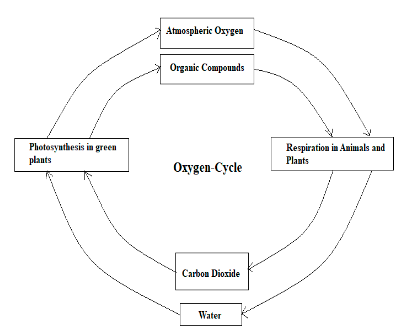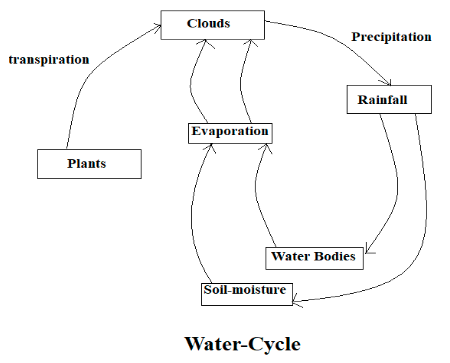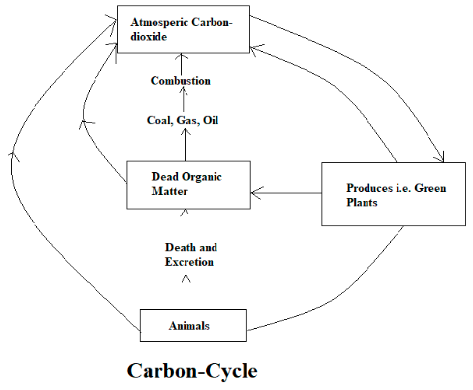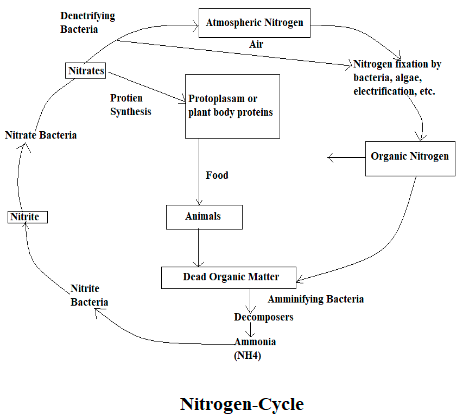Thermal power plants are an important part of the Indian energy sector. India has a total installed capacity of Thermal Power Plants (TPPs) on January 31, 2021, all across India is 393,389.46 MW. Out of this, coalbased thermal power plants account for 206404.50 MW and gasbased thermal power plants account for about 24956.51 MW. In this article, we will take a closer look at Thermal Power Plants in India, how many thermal power plants are in India and answer some common questions about them.
What are thermal plants?
Thermal power plants or thermal power stations are power stations that generate electricity from heat. Thermal power plants use different sources of energy to produce heat, including coal, oil, natural gas, and geothermal sources. Thermal power plants are divided into two categories: those that use fossil fuels and those that use renewable energy sources.
Types of Thermal Plants In India:
There are several types of thermal power plants in India:
- coalfired Thermal Power Plants: These plants use coal as their fuel source. Coalfired thermal power plants are the most common type of thermal power plant in India.
- oil and gasfired Thermal Power Plants: These plants use oil or gas as their fuel sources.
- nuclear Thermal Power Plants: These plants use nuclear fission to generate heat.
- solar Thermal Power Plants: These plants use solar energy to generate heat. Solar thermal power plants are the newest type of thermal power plant in India.
- geothermal Thermal Power Plants: These plants use heat from the earth to generate electricity. Geothermal power plants are the secondmost common type of thermal power plant in India.
Thermal power plants are an important part of the electric power industry in India
How many thermal power plants are there in India?
As of now, there are 106 thermal power plants in India with a total installed capacity of 221,802.59 MW.
Of these 106 plants, 53 are coalfired, 24 are gasfired, 11 are oilfired, nine are mixed fuelfired and the remaining two use renewable sources – solar and biomass.
The top five states with the highest installed capacity of thermal power are – Maharashtra (27,345.50 MW), Tamil Nadu (26,246.50 MW), Uttar Pradesh (24,986.25 MW), Andhra Pradesh (21,825.00 MW) and Karnataka (18,560.00 MW).
Thermal power plants are there in India
List of Thermal Power Plants in India:
Maharashtra:
Here is the list of Thermal Power Plants In Maharashtra:
- Paras Thermal Power Plant
- Chandrapur Super Power Station
- Nashik Thermal Power Station
- Koradi Power Station
- Khaparkheda Thermal Power Station
- Parli Thermal Power Station
- Bhusawal Thermal Power Station
- Wardha Thermal Power Station
- Dahanu Thermal Power Station
- Trombay Thermal Power Station
- Uran Thermal Power Station
Tamil Nadu:
Here is the list of Thermal Power Plants In Tamil Nadu:
- Neyveli Thermal Power Plant
- North Chennai Thermal Power Station
- Mettur Thermal Power Station
- Tuticorin Thermal Power Station
- Vallur Thermal Power Plant
- Ennore Thermal Power Station
Uttar Pradesh:
Here is the list of Thermal Power Plants In Uttar Pradesh:
- Anpara Thermal Power Plant
- Panki Thermal Power Plant
- Parichha Thermal Power Plant
- Harduaganj Thermal Power Plant
- Dadri Thermal Power Plant
- Rihand Thermal Power Plant
- Indira Gandhi Thermal Power Plant, Obra
- indhyachal Thermal Power Plant
- Thermal Power Plant, Sonebhadra
Andhra Pradesh:
Here is the list of Thermal Power Plants In Andhra Pradesh:
- Kothagudem Thermal Power Station
- Dr Narla Tata Rao Power Station
- Simhadri Thermal Power Plant
- Rayalaseema Thermal Power Station
- Vijayawada Thermal Power Station
Karnataka:
Here is the list of Thermal Power Plants In Karnataka:
- Bellary Thermal Power Station
- Raichur Thermal Power Station
- Yermarus Thermal Power Station
- Udupi Thermal Power Plant
- Jharkhand:
- Tenughat Thermal Power Station
- Patratu Thermal Power Station
- Bokaro Thermal Power Plant
Odisha:
- Ib Thermal Power Station
- Talcher Thermal Power Station
- Angul Thermal Power Station
Chhattisgarh:
- Korba Thermal Power Plant
- Sipat Thermal Power Plant
- Dr Shyama Prasad Mukherjee Thermal Power Station
- Bilaspur Thermal Power Plant
- Janjgir Thermal Power Plant
- Gujarat:
- Wanakbori Thermal Power Station
- Ukai Thermal Power Station
- Gandhinagar Thermal Power Plant
- Surat Thermal Power Station
- Mundra Thermal Power Plant
Madhya Pradesh:
- Satpura Thermal Power Station
- Sanjay Gandhi Power Plant
- Rewa Ultra Mega Thermal Power Plant
- Betul Thermal Power Plant
- Birsinghpur Thermal Power Station
- Shahdol Thermal Power Plant
- Harda Thermal Power Plant
- Burhanpur Thermal Power Plant
- Amarkantak Thermal Power Plant
Punjab:
- Rajpura Thermal Power Plant
- Ropar Thermal Power Plant
- Lehra Mohabbat Thermal Power Plant
- Bathinda Thermal Power Plant
Rajasthan:
- Kota Thermal Power Plant
- Chhabra Thermal Power Plant
- Suratgarh Super Thermal Power Station
- IB Thermal Power Station.
Conclusion
Thermal power plants are an important part of the Indian economy. They provide a steady stream of electricity that is necessary for powering homes, businesses, and industries. In this article, we’ve answered some of the most common questions about thermal power plants in India.

Water Cycle
Due to the heat of the sun water evaporates from lakes, seas, rivers, and other water bodies; this process is known as evaporation, water also evaporates from the plant’s leaves, which is known as transpiration. As the water rises from lakes, seas, rivers, and other water bodies in the atmosphere, it gets cool and condenses to form clouds as a continuous process of evaporation and condensation, gradually the clouds get heavy, and as a result, precipitation occurs in the form of rain. And this rainwater is stored in any of the following reservoirs such as the ocean, soils, glaciers, under the Earth’s surface as groundwater, lakes, snowfields, etc.

Carbon-Cycle
The carbon concentration in the atmosphere is about 0.03%. Circulation of carbon from the atmosphere to the biosphere, hydrosphere, lithosphere, and returns to the atmosphere is known as the carbon cycle. The carbon from the atmosphere enters into the plants through photosynthesis for synthesizing food particles, when the plants are consumed by terrestrial organisms, carbon dioxide enters them. When these terrestrial organisms die the carbon dioxide enters the soil. Carbon dioxide enters into the water as carbonates, which helps the aquatic plants to perform photosynthesis. CO2 returns to the atmosphere from fossil fuel, from respiration of animals, the release of smoke from vehicles, from the burning of wood. If CO2 increases in the atmosphere it disturbs the natural carbon cycle.

Nitrogen Cycle
The atmosphere is made up of 78% Nitrogen; we need nitrogen for DNA and proteins. Nitrogen that is available in the atmosphere cannot be directly consumed by plants, they can consume the nitrogen when it is fixed i.e. when combined with other elements like carbon, hydrogen, and oxygen. By the action of denitrifying bacteria, nitrogen is spontaneously entering into the air and through the action of electrification and lightning, nitrogen is entering into the soil.

Conclusion
It is to conclude that the biochemical cycle in an ecosystem is defined as the transformation and transport of chemicals in ecosystems. In wetlands, by unique hydrological conditions, biogeochemical cycles are strongly influenced. There are four main important biogeochemical cycles in the ecosystem are oxygen cycle, water cycle or hydrologic, carbon cycle, and nitrogen cycle
 Profile
Profile Settings
Settings Refer your friends
Refer your friends Sign out
Sign out




